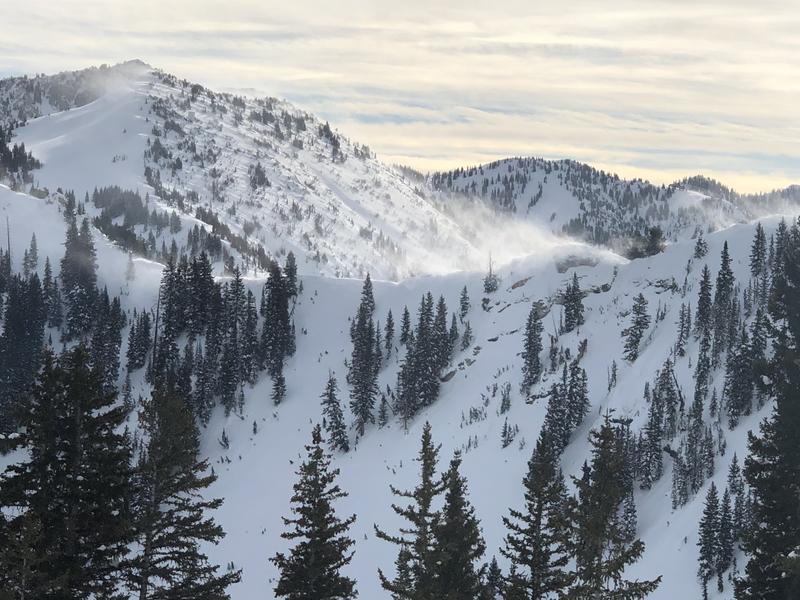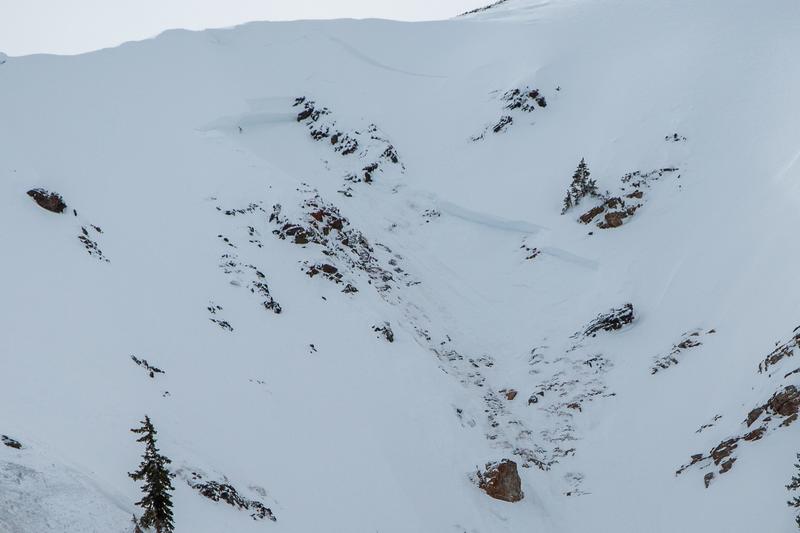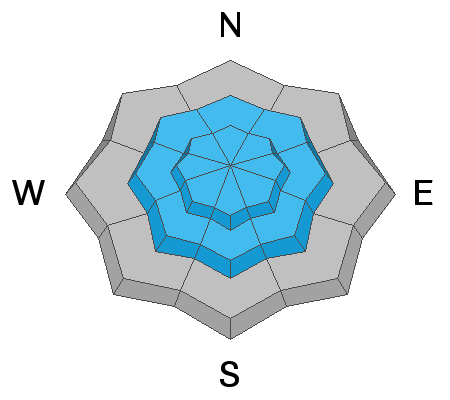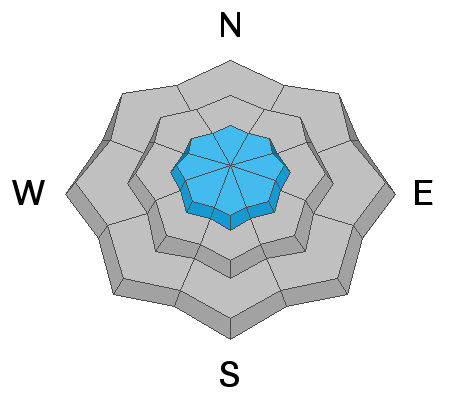Forecast for the Salt Lake Area Mountains

Issued by Greg Gagne on
Friday morning, January 17, 2020
Friday morning, January 17, 2020
The avalanche danger is CONSIDERABLE on all aspects at the mid and upper elevations where pockets of wind-drifted snow exist as well as sensitive soft slabs and long-running sluffs in the new snow. Natural activity in the storm snow is possible during spikes in precipitation. At the upper elevations, some avalanches may step down into older weaker layers that have been dormant for some time.
At the lower elevations, the hazard is Moderate where there is less wind-loading and storm snow.
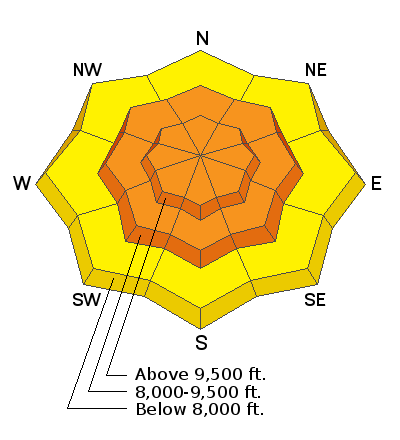
Low
Moderate
Considerable
High
Extreme
Learn how to read the forecast here



